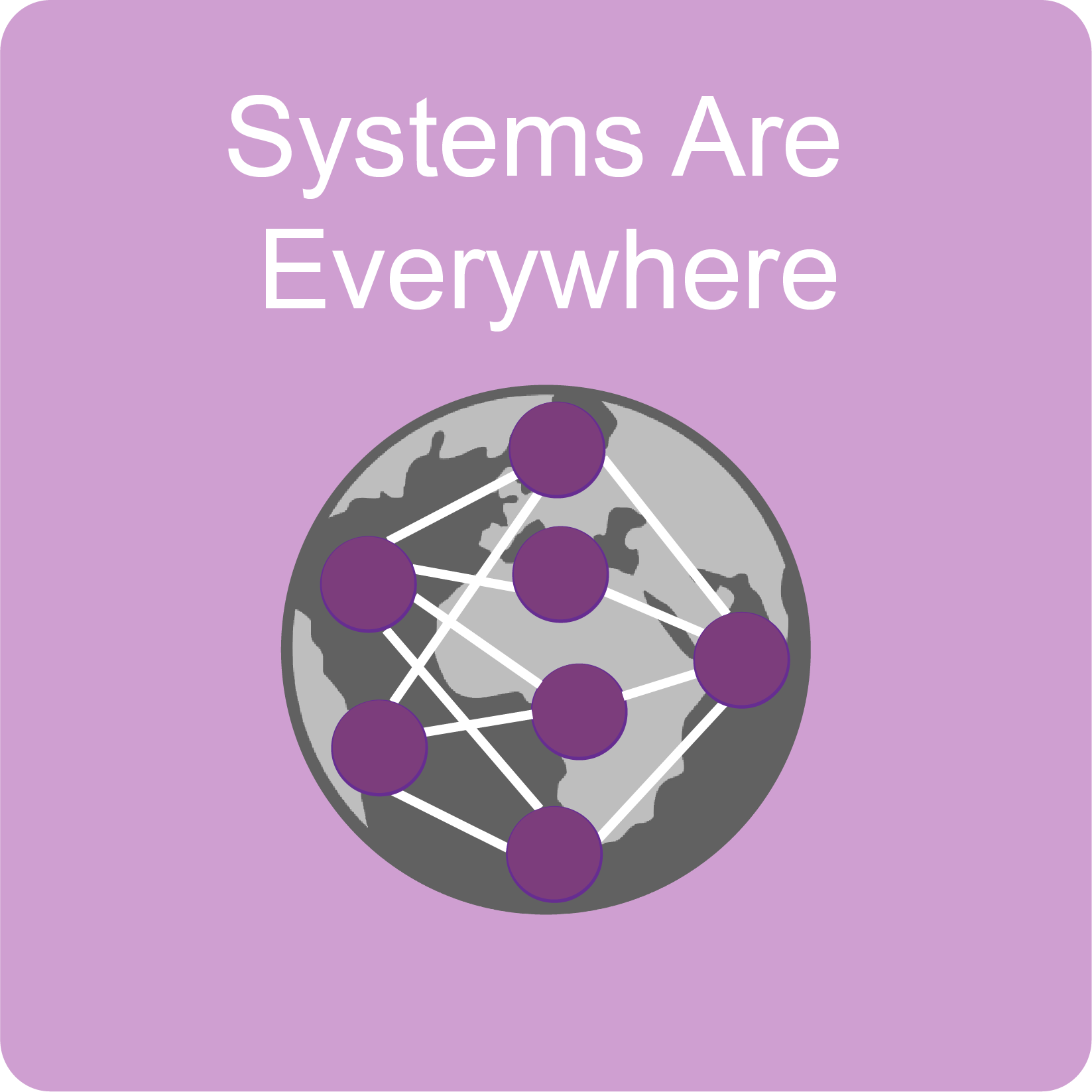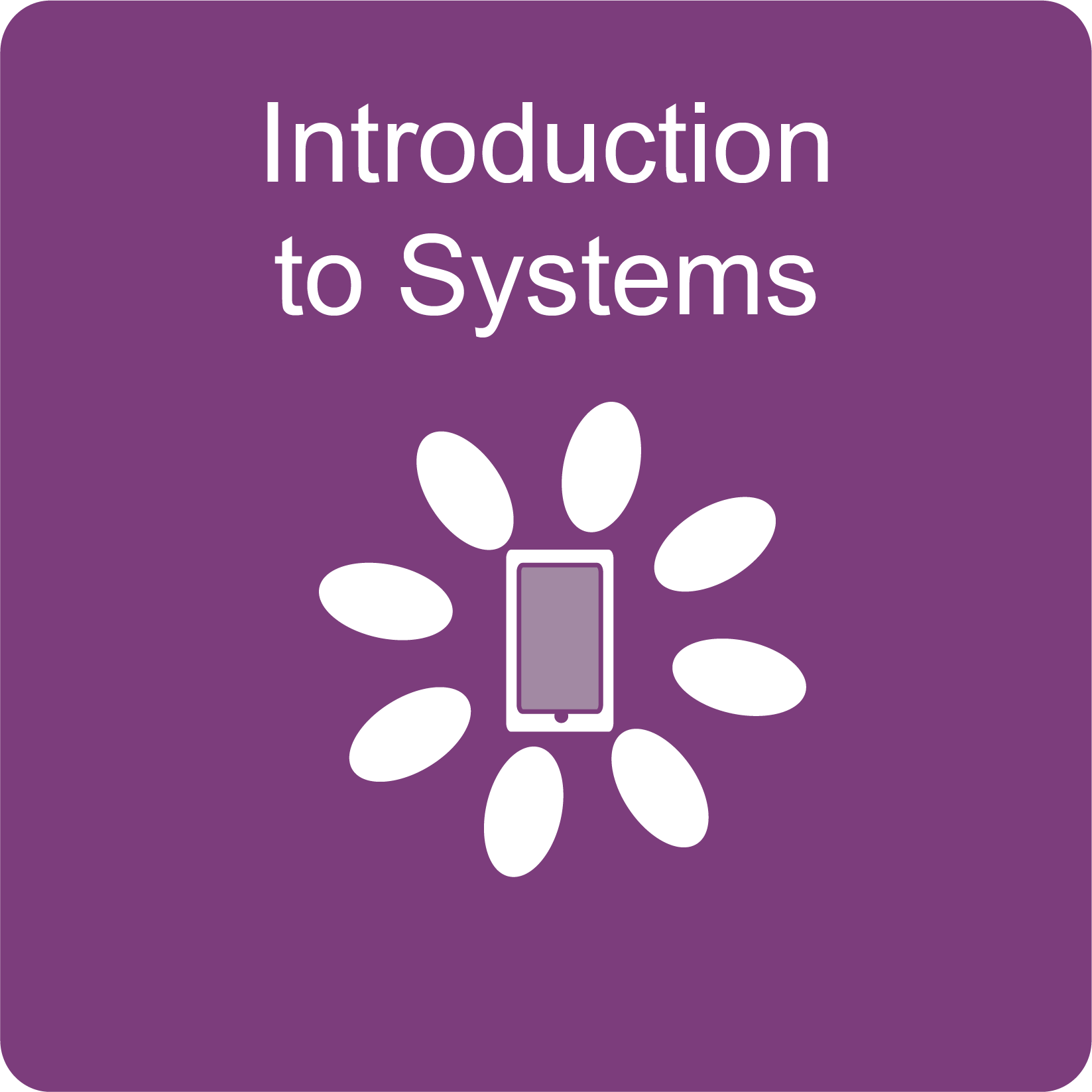Systems are Everywhere
Unit Plan

COURSE: Any course in which you use or want to explore systems. Examples of courses where this has been used are: Physical Science, Life Science, Biological Science, Environment Science, Physics, Chemistry, Biology, Oceanography, Engineering, Economics, General Elementary Education.
UNIT: Units that include applications of cycles, feedback loops, circuits, processes, equilibrium, homeostasis, or response for any STEM content. Additionally, units that focus on building 21st century skills, “soft skills”, problem solving, design thinking, systems thinking, career connections, career awareness, and career development skills are enhanced by using this module.
 Please note – this Systems Are Everywhere module, as it is currently written, works very well when teaching virtually with students. If you need a comparable module for in-person learning, please consider using either Introduction to Systems module or this Systems are Everywhere module.
Please note – this Systems Are Everywhere module, as it is currently written, works very well when teaching virtually with students. If you need a comparable module for in-person learning, please consider using either Introduction to Systems module or this Systems are Everywhere module.
INTRODUCTION
In this module, students are introduced to systems, systems modeling, and systems thinking. The activities provide opportunities for them to explore how systems modeling and systems thinking are used to address complex problems and to apply their knowledge and skills to a challenge in their own lives.
OBJECTIVES
See the Standards Addressed page for information about the published standards and process we use when aligning lessons with NGSS and other Science, Math, Literacy and 21st Century skills). In addition to the aligned objectives listed in buttons on the upper-left of this page, for this module, here is a breakdown of:
License:
![]() Except where otherwise noted, the Systems are Everywhere module, copyright Institute for Systems Biology (ISB) through Baliga Systems Education Experiences, is available under a Creative Commons Attribution-NonCommercial 4.0 International License. All logos, trademarks, and videos are property of their respective owners. This resource may contain links to websites operated by third parties. These links are provided for your convenience only and do not constitute or imply any endorsement or monitoring by ISB or ISB’s funding agencies. Please confirm the license status of any third-party resources and understand their terms of use before reusing them.
Except where otherwise noted, the Systems are Everywhere module, copyright Institute for Systems Biology (ISB) through Baliga Systems Education Experiences, is available under a Creative Commons Attribution-NonCommercial 4.0 International License. All logos, trademarks, and videos are property of their respective owners. This resource may contain links to websites operated by third parties. These links are provided for your convenience only and do not constitute or imply any endorsement or monitoring by ISB or ISB’s funding agencies. Please confirm the license status of any third-party resources and understand their terms of use before reusing them.

